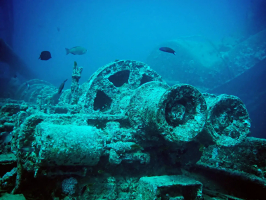Top 10 Best Diving Sites in Mauritius
Mauritius, while not as well-known as some other destinations across the world, is nevertheless a fantastic diving vacation spot. It's difficult to determine ... read more...the best 10 dive sites in Mauritius when there are over 200 to choose from. So now is the time to go more into this subject. Let's have a look at the Best Diving Sites in Mauritius.
-
Shark Cathedral at Round Island, a massive basin approached through an overhanging swim-through, is a breath-taking dive spot frequented by scores of reef sharks. This dive might be difficult because to the current and surf. The location is well-known for sharks, as well as other bigger pelagics and its pure and robust corals.
Barracuda, kingfish, gigantic trevally, and eagle rays are among the other marine fauna that may be seen here. Early in the morning, you will travel from the diving center for a one-hour boat ride to the diving destination, the famed Shark Cathedral. On the trip, the water may be a little turbulent due to strong currents.
When you arrive at the Shark Cathedral at Round Island, the staff will organize two scuba tank dives for you to have a thrilling encounter with reef sharks (grey, black tip, and white tip), eagle rays, tuna, and turtles that frequent the area around Ile Ronde. You'll reach an underwater cave with exceptional light at around 18 meters deep, providing the impression of light streaming through cathedral windows, hence the name 'The Cathedral.'
Underwater photographers should not miss this fantastic opportunity to get some spectacular images by combining the magnificent underwater environment with the wonderful marine life. On the way back after your fantastic dives, a small refreshing lunch will be provided on board. These shark dives are all about seeing wild animals in their natural habitat.

https://www.holidify.com/ 
https://www.holidify.com/ -
This stunning Batfish Wall at Snake Island features a variety of life and unspoiled reefs, with visibility up to 50 meters. The name of the diving site comes from the large schools of friendly Batfish (Platax) that follow divers during their dive. The wall may be dived at depths of 18 meters, 30 meters, or 50 meters, making it appropriate for divers of all levels. This is regarded as one of Mauritius' best diving spots.
The Batfish Wall at Snake Island is only a short boat trip from Departure Bay and has a cliff that drops to more than 500 feet in depth. Before you go down the wall, be sure you have complete control of your buoyancy! The wall itself is brimming with marine life, with vertical fields of shiny white Plumose Anemones standing out.
Many fish prefer to congregate against the wall or in the nooks and crannies. Large Ling Cod and Cabezon are frequent visitors to this location. Simply tie up at the buoy on Snake Island's Nanaimo side and go straight away from the island.
The wall itself is gentle at first, but as you descend down 50 feet or more, you'll be confident of your buoyancy. You might want to schedule two dives at this fantastic dive site, since there is enough to see no matter what depth profile you select.

https://www.holidify.com/ 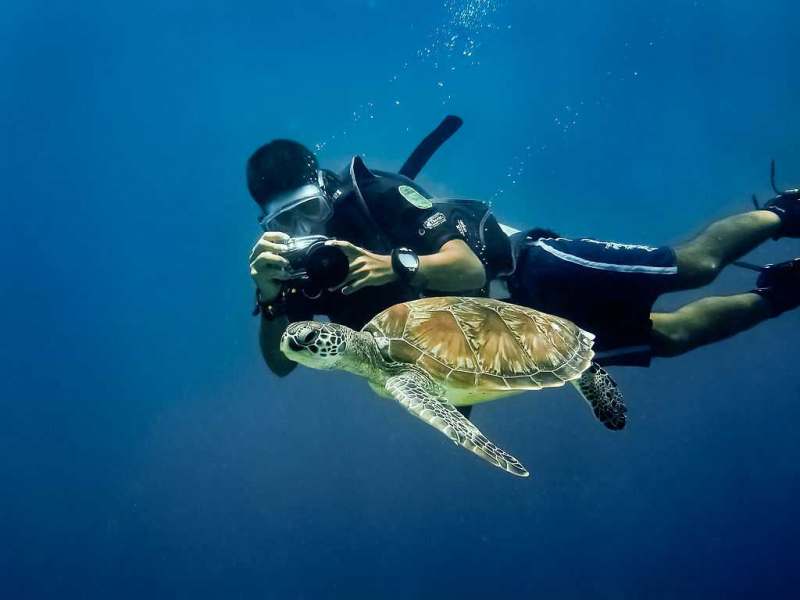
https://www.holidify.com/ -
Shark Arena, similar to Shark Cathedral but with a significantly greater surf, is only appropriate for expert dives unless the weather is exceptionally calm. The highly oxygenated water formed by the waves pounding on Snake Island provides a great habitat for the scores of reef sharks that surround the arena, making for a spectacular diving experience.
At any given moment, up to 30 sharks can be seen here. The Snake and Round Islands are Mauritius's most northern islands, and they provide the clearest visibility (rarely less than 30m). The circumstances for beginning dives are typically cloudy, disrupted by constant boat traffic, but it's also rather brainless diving and ideal for someone new to the bends to get used to the underwater motion.
There will be some coral, as well as fish and maybe turtles, but it is not the finest site to scuba dive in Shark Arena. It's only a stopover for newbies before moving on to larger and greater things! Many visitors consider this to be one of the Best Diving Sites in Mauritius.

https://blog.padi.com/ 
https://blog.padi.com/ -
Djabeda is a huge Japanese fishing boat that sank in 1998 close off the coast of Coin de Mire Island. Djabeda Wreck on Coin de Mire Island is 44 meters long, 10 meters tall, and 5 meters wide, and it sits upright in a maximum depth of 34 meters, waiting for her passengers.
Djabeda Wreck on Coin de Mire Island has accumulated a lot of life over its 20 years down and is now home to a variety of corals and species, including stone fish, moray eels, tuna, and stingrays. For more experienced divers, there is considerable overhead penetration, but the site may also be appreciated from the outside because to its incredible clarity and profusion of sea life.
Barracuda, sting rays, whales, and dolphins periodically visit the wreck. The massive anchor, beautiful soft corals, schooling fish, king fish, moray eels, trigger fish, stone fish, lion fish, parrot fish, leaf fish, and sea slugs are just a few of the highlights. This is considered one of the Best Diving Sites in Mauritius.

https://www.thebrokebackpacker.com/ 
https://www.thebrokebackpacker.com/ -
Confetti Bay is a sheltering area shielded from the current on Coin de Mire Island (Gunner's coin). This incredible underwater wonderland is accessible to divers of all skill levels. Trigger fish, stone fish, lion fish, parrot fish, leaf fish, and sting rays are among the many species of fish that may be found here. Many visitors consider Confetti Bay to be one of the Best Diving Sites in Mauritius.
These waterways are home to a variety of turtle species. Two of the uncommon turtle species, green turtles and hawksbill turtles, may be found in large numbers here. In these waters, these amazing turtles frequently rest behind enormous boulders.
The brilliant white sand ocean floor draws divers regardless of surface water conditions. Around the artificial reefs, you may find Bengal snappers, surgeonfish, butterflyfish, and yellowmouth morays. Divers are attracted to Confetti Bay because the fish are supposed to be tranquil, allowing them to watch them closely. Due to its retro appearance, photographers will like it as well.

https://blog.padi.com/top-10-dive-sites-in-mauritius/ 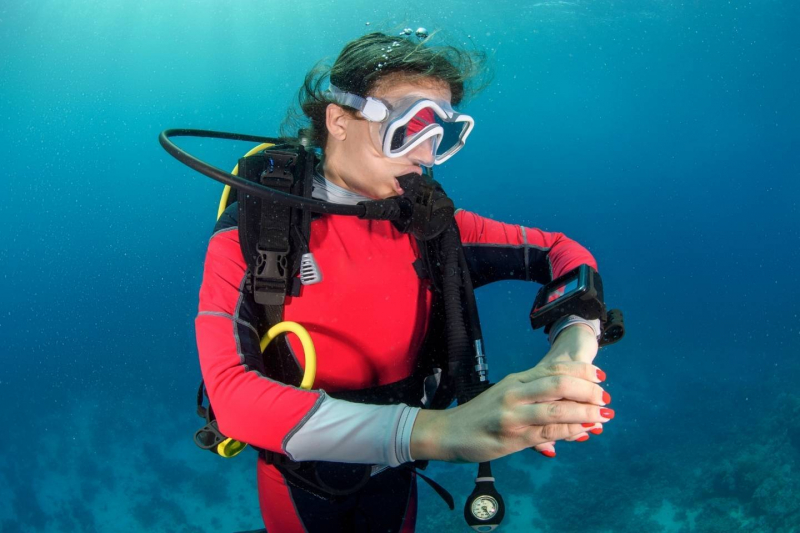
https://blog.padi.com/top-10-dive-sites-in-mauritius/ -
Carpenter at Coin de Mire Island is a fantastic dive that features distinctive and magnificent terrain, making it a local favorite. The through-current formed by the site's location at the summit of the Island draws a great variety of species, including spectacular schools of barracuda, thanks to its sweeping cliffs, tunnels, and swim throughs.
There's a relaxing bay dive, another wreck, or vast topographies of walls, caverns, boulders, and swim-throughs to choose from... there's even a mad cave! Currents that are out of control! One of Mauritius' most magnificent vistas may be seen at Carpenter at Coin de Mire Island.
A protected biodiversity may be seen on the island's bottom and surrounding Cape Unfortunate's coral reef. The best way to uncover these riches is to go on a boat excursion or a snorkeling expedition with the village fisherman while listening to them tell stories and anecdotes about the area.

https://www.enezgreen.com/ 
https://www.enezgreen.com/ -
The Wall at Coin de Mire Island is famed for viewing larger pelagics, but it's also packed with octopus and lobster, as well as a plethora of nudibranchs and shrimp for macro enthusiasts! This dive may be appreciated by divers of all skills, with depths ranging from 12 to 40 meters, and the topography is made further more remarkable by the normally calm circumstances and superb visibility.
Soft corals, schooling fish, king fish, moray eels, trigger fish, stone fish, lion fish, parrot fish, leaf fish, and sea slugs abound at this dive location. Barracuda, sting rays, and dolphins occasionally visit the wreck. Almost all of the year, the water clarity is excellent, and there are dive spots for divers of all abilities, from novice to experienced.
The diving facility suggests going diving in the winter (between June and October) to see the gorgeous whales. A stunning drop covered with gorgonians awaits thrill seekers beneath the surface! The Wall at Coin de Mire Island is home to huge parrot fish and is rich in biodiversity. Large predators travel through there on a regular basis, and barracudas, dog-toothed tunas, and eagle rays are not uncommon.

https://blog.padi.com/ 
https://blog.padi.com/ -
Merville Patches is a collection of five patches of unique coral that are home to hundreds of moral eels lurking under the coral's surface. This place is a favorite of beginners and underwater photographers alike, with a variety of nudibranchs, leaffish, and the occasional ghost pipe fish, as well as stingrays passing by frequently.
Merville Patches is a location on Mauritius' north coast. The location is 12-15 meters (39-49 feet) deep. The visibility in the water is around 20m/65ft. Visibility is decent thanks to the little currents, and night dives are also feasible. In the summer (October to April), water temperatures range from 26 to 30 degrees Celsius (78 to 86 degrees Fahrenheit) and in the winter, from 19 to 23 degrees Celsius (66 to 73 degrees Fahrenheit) (May to September).
Diving is feasible at any time of year. This dive has a sequence of coral-covered reefs surrounded by a diverse range of marine life, including moray eels, trigger fish, shrimp, stone fish, scorpion, huge barracudas, clown fish, octopus, and other reef fish.
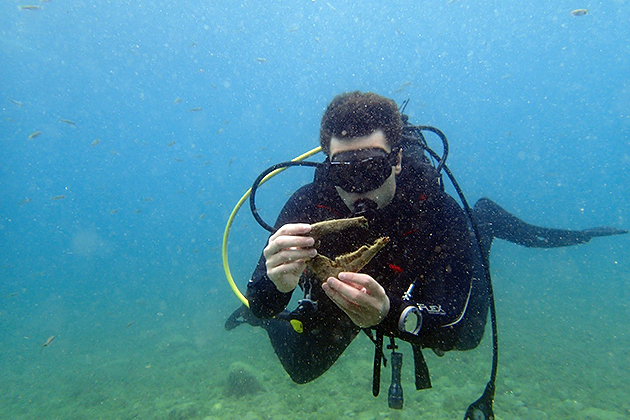
https://divebooker.com/ 
https://divebooker.com/ -
Silver Star, which was sunk in 1992 to build an artificial reef, rests on the edge of a deep 50-80 meter reef (suitable for Technical Divers). The Silver Star Wreck is 57 meters long and attracts a wide variety of marine species, from batfish (platax) to sting and eagle rays. It is one of the Best Diving Sites in Mauritius.
For those who are qualified, there are plenty of prospects for penetration, but it may also be admired from the sidelines as a spectacular deep dive. The optimum time to dive is from mid-October to mid-May, when the water temperature is between 26 and 28 degrees Celsius (78 and 82 degrees Fahrenheit). The wreck is around 2 kilometers (1.2 miles) off the shore.
The Silver Star Wreck stands on its stern, which is an intriguing feature of this location. A diverse marine species may be found throughout the wreck. Bannerfish and angelfish, as well as a few batfish, barracudas, and trevallies, hover about the hull as your main hosts. Keep a watch out for the hidden and secretive frogfish on the wreck.

https://www.tribloo.com/ 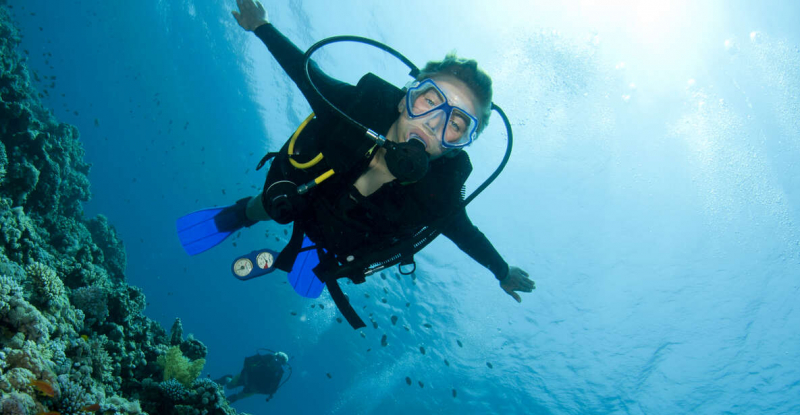
https://www.tribloo.com/ -
The Grand Baie Aquarium is recognized for its beautiful landscape and diverse wildlife. A canyon separates the reef at this location, which is home to schools of tropical fish, crocodile fish, stone fish, and leaf fish. Grand Baie Aquarium is a favorite among local divers of all abilities, with turtles and sting rays frequently appearing.
The Grand Baie Aquarium's diving location in the north of Mauritius is THE place to go for underwater photographers! It's shallow (just 14 meters deep), yet it's also drenched in lovely light. It has a dense and lively fauna, with a sandy bottom studded with multicolored corals that shelters a great number of gorgeous anthias fish, little morays, torpedo rays, flying scorpion fish, triggerfish, sea angels, and so on.
There isn't a single thing to boring you with! September through January and April through May are the best months to visit. While the peak season runs from November to mid-January, diving conditions are often superb all year. Throughout the year, the water temperature ranges from +22°C to +28°C/71°F to 82°F.

https://divebooker.com/laquarium-baz11110 
https://divebooker.com/laquarium-baz11110




























